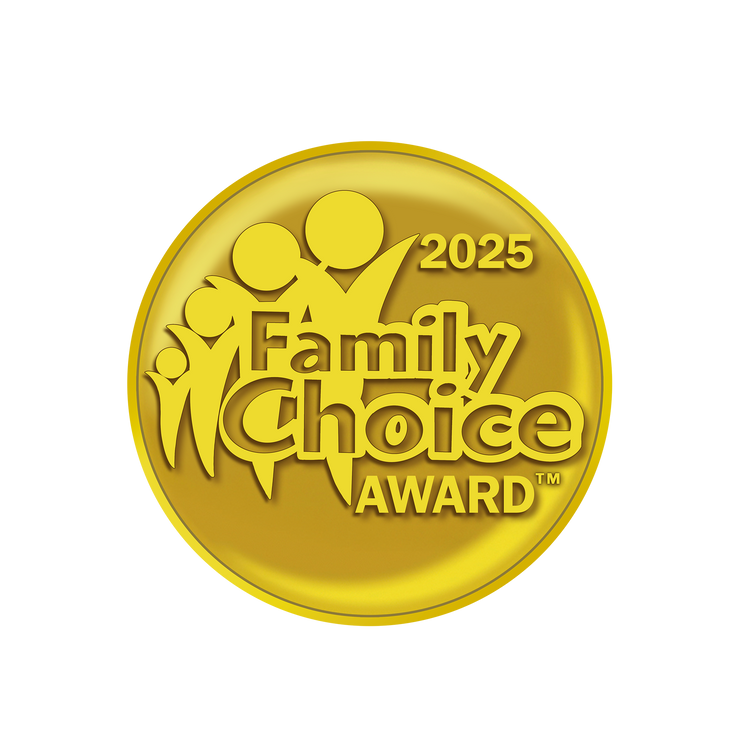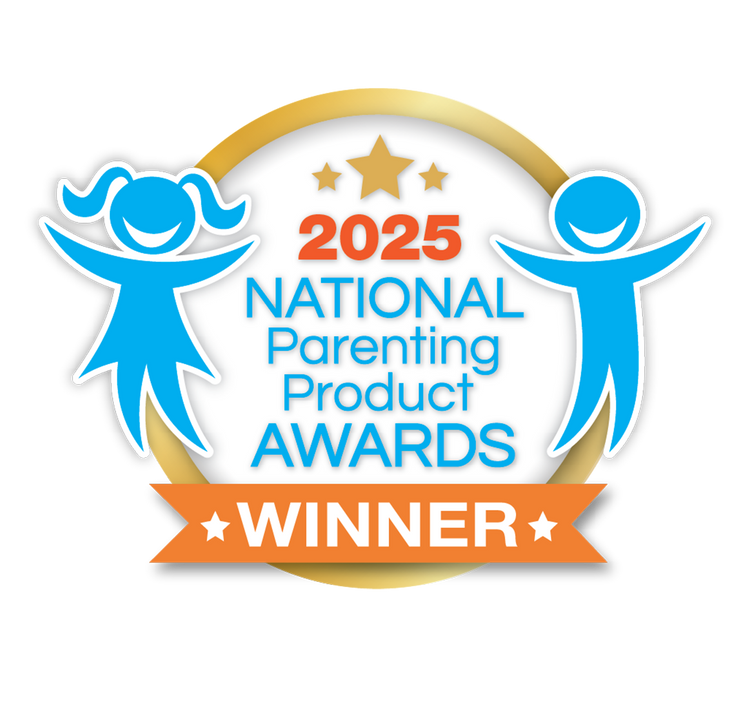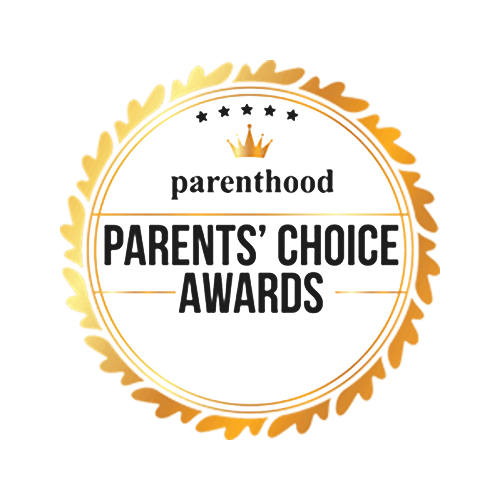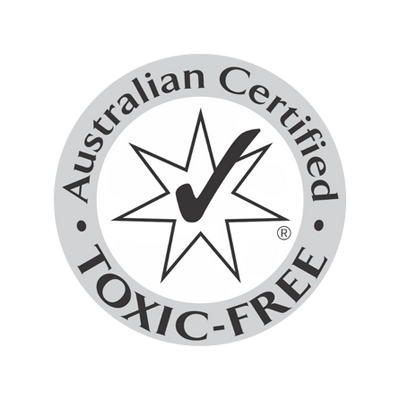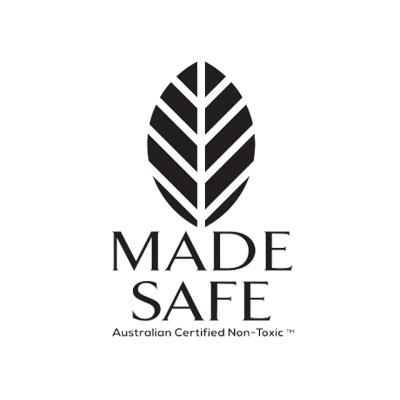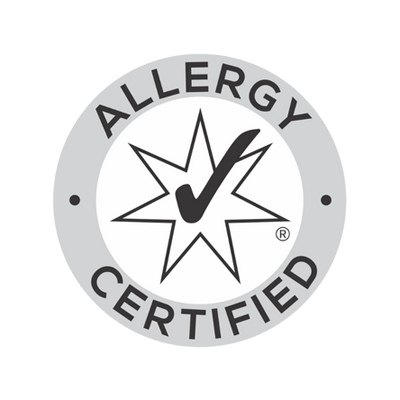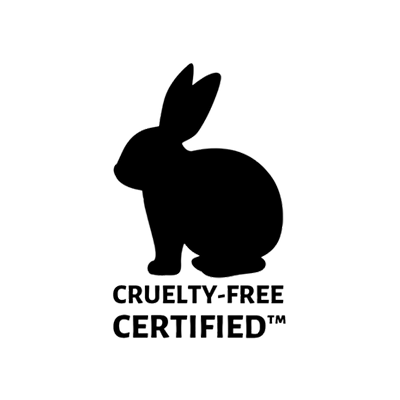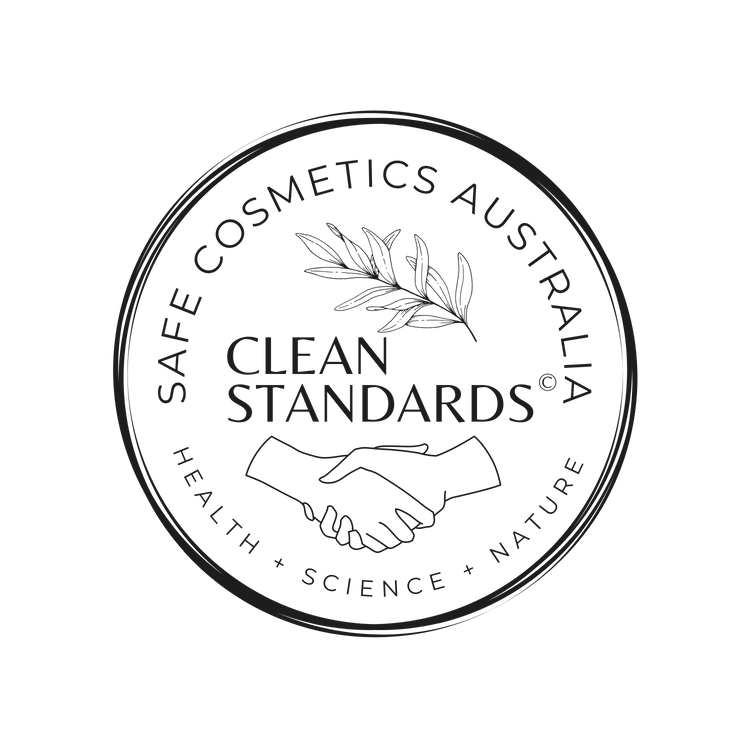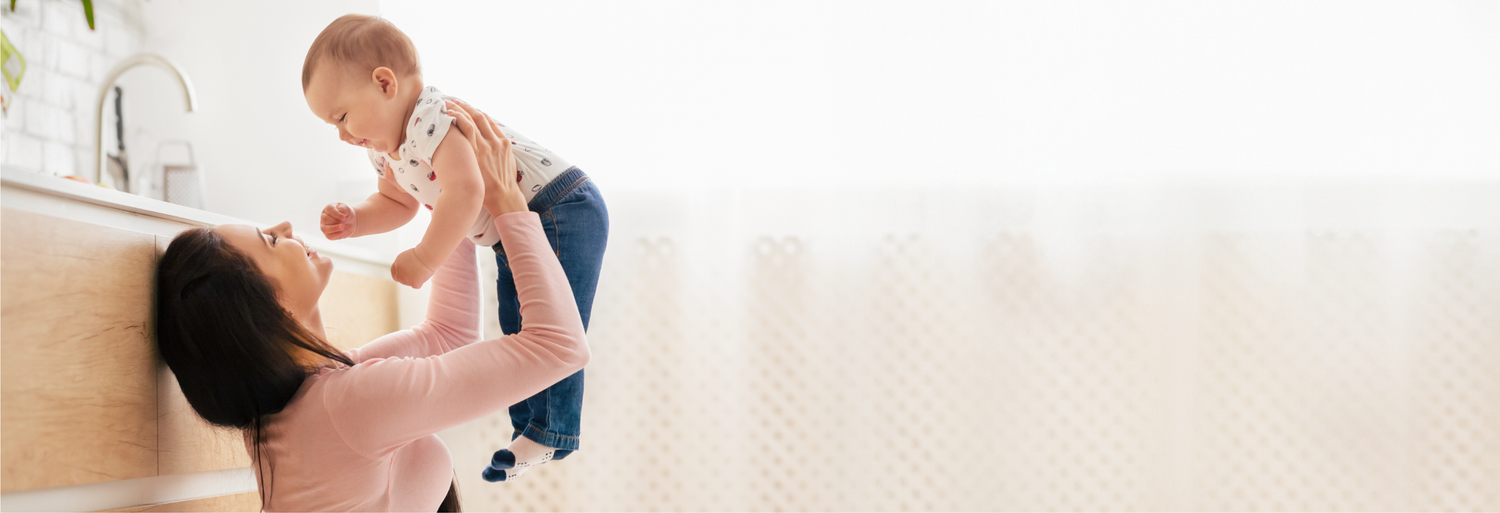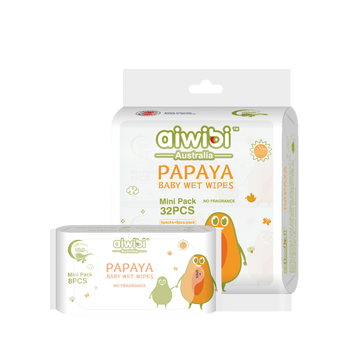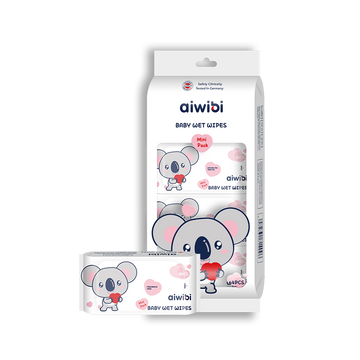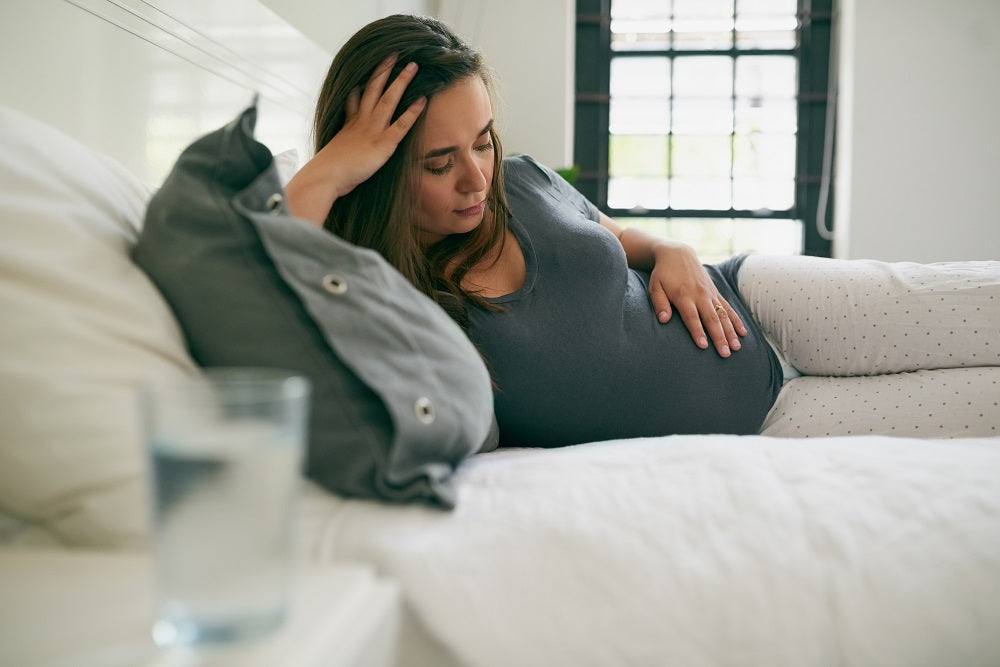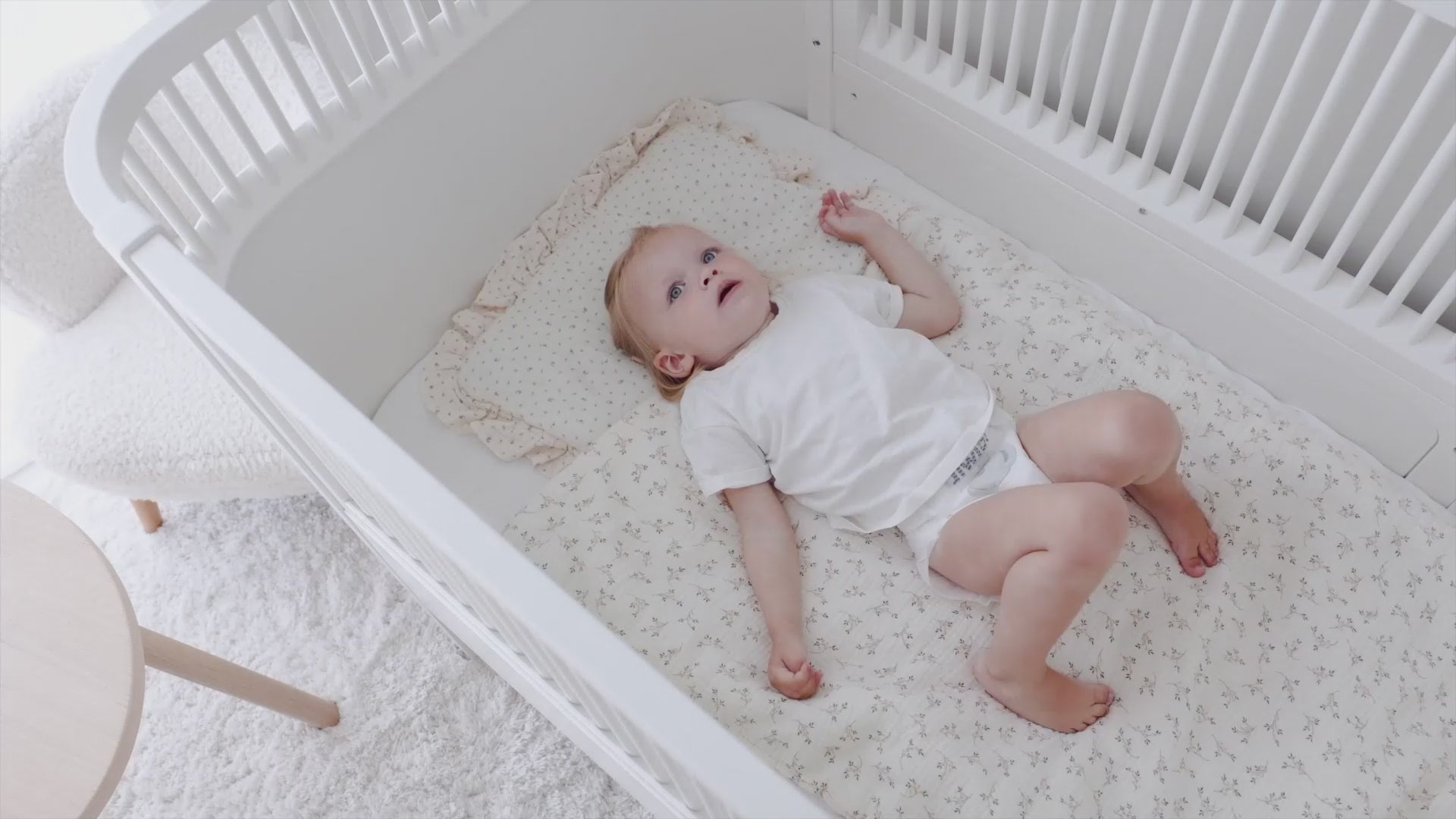
Curated Collection
Air Comfort Disposable Baby Nappies
Ultimate Comfort Disposable Overnight Nappies
Ultimate Comfort Night Nappy Pants
Royal Comfort Baby Nappy Pants

Made To Protect Little Dreams
Our premium nappies are designed to move with your baby, keeping you baby comfortable longer with more peaceful nights and playful days. Our Premium diapers are designed with breathable, ultra-soft materials and trusted leak protection keeping your baby’s delicate skin dry and comfortable.
Free to Move, Made Simple
Engineered for active explorers, Aiwibi nappy pants combine freedom of movement with trusted dryness. The flexible waistband moves with your baby’s every step, while rapid-absorb layers prevent sagging—keeping playtime comfortable and uninterrupted.

Premium Features

Dual Absorbent Core™
Our Dual-layer absorbent tech in our premium diapers allows up to 2,000ml of water absorption. That’s 8 full cups of water keeping your baby protected overnight and throughout the day.

Ultra-thin Core™
0.1cm Naked-feel Core delivers ultra-thin comfort with rapid absorption, thanks to its innovative honeycomb structure and Japanese SAP technology.

Soft Bubble Waistband™
Our innovative 360° Soft Bubble Waistband™ prevents red marks while providing a snug and comfortable fit that adapts to your baby’s movements.

Gentle Care
Made from natural plant fibers, ensuring a gentle, non-irritating experience for baby's sensitive skin, with 0% fragrance, alcohol, and parabens.
Honors & Certifications
Blog Posts
Baby Modelling in Australia / New Zealand
Getting your baby started into modelling can be difficult when you’re unsure of what to do. Aiwibi has worked with many different talent agents before and we would like to help you clear some of the barriers along the way to helping you sign into an agency. One of the biggest barriers is learning to become creative with submitting your baby photos. It’s important to learn what kind of style you can bring into the table when submitting an application to agencies. Child modelling agencies work off videos or great photos you can supply them so it's important to take great photos that highlight your baby’s charm. However, also be aware, some agencies have taken advantage of this by charging high fees to photograph your little one and prepping their portfolio. It is important to note, most reputable agencies do not charge exorbitant fees. You should learn to ask the right questions, such as agent’s fees and commissions prior to signing any contract or paying any huge fees. At the end of the day, it’s about doing your research. To assist you with finding baby modelling agencies, we have listed some agencies based in Australia and New Zealand below. Note: Aiwibi is unable to endorse or accept responsibility for the accuracy of information contained in the websites listed. Australia Bambini Models NSW & QLD Australia’s biggest children’s modelling agency, representing talent aged 3 months and over. Trusted by major retailers, national brands and top magazines. Munchkins - Syd/Mel/Bri/Per The agency works with everyone from babies to teens—and even families. Munchkins’ kids appear in TV ads, catalogues, movies as extras, stage shows, event promotions and fashion parades. Mostly Kids - National Mostly Kids connects babies and children with work in TV commercials, catalogues, fashion shows, and stage performances. To register your baby, parents can submit an online application with recent photos. Bettina Management - VIC, NS, WA, QLD Bettina Management discovers and represents babies and kids for advertising, events, and entertainment projects. Parents can sign up by filling out an online application or arranging an in-person interview. Brats Model Management - NSW, QLD & VIC Brats Model Management provides opportunities for babies and children in modelling, commercials, and promotional work. Parents can apply online or download a registration form to submit their baby’s details and photos. Bubblegum Casting - VIC A long-running child modelling & acting agency (infants to teens) that includes a baby-modelling division. They have a diverse range of kids and only take limited kids from different cultures and backgrounds/styles. Bump Models - NSW Bump Models specifically targets maternity modelling for fashion, advertising, film and medical campaigns. This is your go-to for any modelling while you’re still in maternity. Screen Actors Australia - VIC Starting from 3 years and above, they lead acting classes for kids focussing on acting for film and Television. Small Fry Modelling and Casting Agency - VIC Based in Victoria, they have a huge range of babies, kids and teens leading for drama and as a talent agency. Bambini Talent Group - AU National child modelling & talent agency representing children from infancy upward; active on Instagram. The Unicorn Kids - NSW Boutique kids modelling and talent agency (babies, children, twins) focused on Sydney/Melbourne region. New Zealand NZ Talent NZ’s oldest talent agency. They have talents ranging from adults to children on all avenues of theatres, acting, television. To apply, email them at info@nzactiontalent.com once your profile is complete to book a video phone interview. KAM Talent - New Zealand Auckland-based talent agency representing all looks and ethnicities, junior and adult, in NZ. Bubblegum Talent (NZ) NZ branch of a well-known agency: supplies models (including children) for advertising, film & photo work. The Human Garden New Zealand’s most versatile actors and talent agency with a deep understanding of film, television and live theatre. Background talent - NZ Online-based talent booking agency casts for commercials, film and TV work. Parents Concerns over Agency Operations Parents often want to know what type of work babies are typically booked for and how a kids modelling agency actually operates. Most baby jobs fall into a few main categories such as clothing modelling, accessories modelling, product modelling, and campaigns featuring real families, including mother and child or father and child pairings. Agencies usually place babies under a child division, where they shortlist suitable children based on age, look and brief requirements. Common concerns include how submissions work, what a normal casting or shoot day looks like, and how often work might come up. Agencies generally contact parents only when a client is interested, and bookings depend heavily on timing and match—not on constant availability. Parents also want to know about safety, travel expectations, and whether their child needs professional photos (they don’t—natural pictures are standard). Recap and More: Things to consider when Applying to Agencies Getting started in baby modelling is much easier when you focus on the essentials: begin with simple, natural photos—agencies prefer clear, recent images without filters or professional editing. Choose reputable agencies that don’t charge large upfront fees, and always check community reviews or parent groups for real experiences before committing. Keep expectations realistic, as bookings depend on timing, age, location and a client’s specific needs. Make sure your child’s privacy is protected by working only with agencies that handle data securely. Most importantly, stay patient and enjoy the journey—every child’s experience is different, and whether your baby books one job or none at all, it’s all a normal part of the process.
view moreAiwibi Australia Receives Three Prestigious Awards from baby Maternity Magazine 2025
We are proud to announce that Aiwibi Australia has graced the pages of the print edition of Baby Maternity Magazine and won three major awards from this publication—one of the most trusted in the baby and parenting industry. The awards include: 2025 Eco-Friendly Product of the Year Award 2025 Top Choice of the Year Award 2025 Travel Product of the Year Award Baby Maternity Magazine’s annual awards program is based on real feedback from parents and industry experts, recognizing baby brands that deliver exceptional product quality, safety, and reliability. With these achievements,Aiwibi continues to strengthen its reputation as a premium baby care brand trusted by parents around the world. Since day one, we’ve set out to redefine baby care by listening closely to what families need. Every product, every design, and every initiative at aiwibi Australia stems from a desire to make parenting a little easier, a little more joyful, and a lot more sustainable. "These awards mean more than just an honor—it’s a reminder of why we do what we do,” says our Founder. “We’re here to support families with products they can trust, and this recognition pushes us to keep raising the bar. Thank you to baby Maternity Magazine and, most importantly, to the families who’ve welcomed aiwibi into their lives.” As we celebrate this milestone, we’re more inspired than ever to keep evolving. Stay tuned—we’re just getting started on bringing you even better, more thoughtful baby care solutions. At aiwibi, your family’s well-being is always at the heart of what we do. For more information, visit www.aiwibi.au.
view moreEarly Pregnancy Cramps: What’s Normal, What’s Not, and How to Cope
If you’ve recently found out you’re pregnant, congratulations! You’re probably feeling a mix of excitement — and let’s be honest, a little nervousness too. Your body’s changing in ways you might have never imagined, and it’s normal to have questions, especially when you notice something unexpected like cramping. I remember when I first saw those two lines on my pregnancy test, and then felt those twinges in my belly. My mind went everywhere: “Is this normal? Should I be concerned?” So, if you’re experiencing early pregnancy cramps, you’re not alone — and in most cases, it’s not a reason to panic. Let’s talk about what those cramps might mean, how to tell the difference between normal and “not-so-normal," and ways to ease the discomfort. Think of this as advice from a friend — not just a list of medical terms. Why Do Cramps Happen in Early Pregnancy? Short answer: your body is working overtime. Seriously, it’s like a backstage crew rearranging everything to set the stage for your baby. Mild cramps are often just your uterus stretching and making room for its new guest — this is especially common early on. Some women notice implantation cramping. It's often described as a gentle ache, almost like the start of a period but not quite. If you notice this around the time your period was due, it could just be your body saying, “Welcome, baby!” Common (and Not-So-Scary) Reasons for Early Pregnancy Cramps Growing Uterus: Your uterus is expanding, and sometimes your ligaments — especially the so-called round ligament — stretch or pull a bit. You might feel quick, sharp twinges if you stand up too fast or twist your body. Gastrointestinal Ups and Downs: Raise your hand if pregnancy has gifted you with weird digestion. Hormones like progesterone slow everything down, which might mean more gas, bloating, and even constipation. Honestly, it’s not glamorous, but it’s super common. Sometimes, what feels like a cramp is just your body dealing with yesterday’s dinner. Dehydration: It’s so easy to forget to drink enough water, especially if you’re feeling blah. But when you’re dehydrated, your muscles — including your uterus — notice. Keeping a water bottle handy can make all the difference. Urinary Tract Infections (UTIs): You might wind up with a UTI, which brings its own set of cramps, especially lower down. If it burns when you pee or you’re running to the bathroom every five minutes, call your doc. Early Pregnancy Cramps: Causes & Guidelines Cramping After Specific Activities or Triggers: What to Expect Ever notice those occasional twinges after getting a little more active or intimate than usual? Many expectant moms find that cramping can show up after specific activities or triggers, and it's often nothing to worry about. For example, cramping after sex is pretty common in early pregnancy. The combination of increased blood flow, mild uterine contractions during orgasm, and sensitivity in pelvic muscles can lead to some discomfort. Similarly, an active exercise routine — especially if you're new to working out or pushing yourself a bit — can trigger cramps, especially if you forget to hydrate or if you've been standing for long periods. Round ligament pain may make its debut when you're changing positions quickly — say, getting out of bed too fast or turning sharply while walking. This can feel like a sudden, sharp twinge on one side of your lower abdomen. If you're standing for long stretches or moving around a lot, muscles and ligaments supporting your uterus can get a workout, triggering mild cramping or discomfort. Some women find relief by wearing a pregnancy support belt to take the edge off. Don't forget those lovely digestive changes: constipation, trapped wind, and passing gas can bring about cramps as well. It's wild how much your gut can affect your comfort levels! And while most cramping after activity is harmless, remember to listen to your body. Dehydration can make cramps worse, so keep a water bottle handy, and take breaks if you start feeling achy. Gentle movement, lots of fluids, and giving yourself permission to slow down all help. Occasionally, you may also notice Braxton Hicks contractions popping up later in pregnancy — these are "practice contractions" and are usually harmless, but if they persist, check with your midwife or doctor. Every pregnancy is different. If cramping feels sharp, lasts longer than expected, or comes with other symptoms, reach out for advice. Sometimes Cramping Is a Red Flag Now, most early cramps are harmless, but there are times when your body is waving a flag and asking you to pay closer attention. Ectopic Pregnancy: This is rare, but super important to catch. If you feel sharp pain on one side, or you’re bleeding more than a little, and you feel faint or dizzy, get help — fast. Ectopic pregnancies usually come with intense pain and definitely need a doctor’s care. Miscarriage Worries: If your cramps ramp up and are paired with heavy bleeding or tissue passing, call your provider. It’s heartbreaking, but it’s better to know what’s going on and get support if you need it. Placental Abruption or Preterm Labor: This is much less common early on, but if you have severe, sudden cramps, lots of bleeding, or your tummy feels hard and sore, please get checked out right away. What Can You Do When Pregnancy Cramps Strike? Having gone through this myself, and having many chats with moms-to-be, there are a few tried-and-true things that help: Drink up! Keep that water bottle close — hydration really helps your body cope. Move your body gently: Sometimes a walk is just the ticket. It helps with both cramps and those pesky gastrointestinal issues. Eat well: Trust me, fiber is your friend. Foods like oatmeal, fruits, and veggies can keep constipation from making cramps worse. Relax and rest: Take it easy when you need to. A cozy blanket and a warm (not hot) compress can make a world of difference. Listen to your body: No one knows your body better than you. If something feels off, it’s always better to check in with your healthcare provider — even if it’s just for reassurance. Real Talk: Everyone’s Experience Is Unique Some days you'll barely notice a thing, and other days, you'll wonder why a walk around the block feels more like a marathon. Those cramps can be scary, especially if it's your first pregnancy, but most of the time, they're just a sign your body is doing its job. Remind yourself: You're growing a whole human. The backstage crew is on breakneck speed, and occasional cramps are just part of the show. If you ever feel unsure, reach out to your doctor — that's what they're there for. The Bottom Line Early pregnancy cramps can be confusing and sometimes worrying, but you're not alone on this journey. Most cramps relate to normal changes like implantation, uterine growth, or changes in digestion. Sometimes, they signal something more serious like a UTI or ectopic pregnancy — which is why listening to your body, trusting your gut, and keeping in touch with your healthcare provider matters. Take care of yourself, drink your water, and remember — you've got this. If something feels "off," don't hesitate to ask for help. Every pregnancy is its own adventure, and there's no such thing as a silly question.
view more











